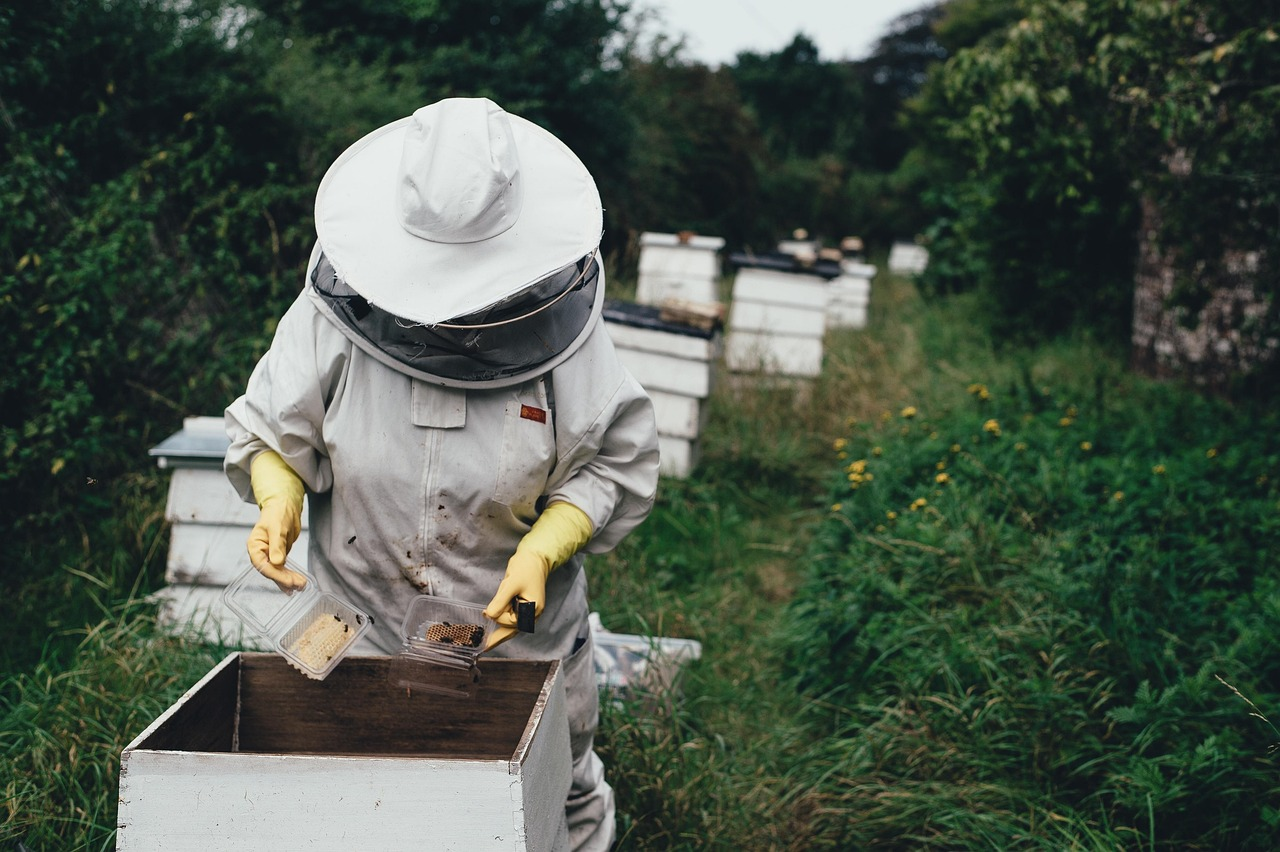Introduction
Beekeeping has evolved tremendously in the past decade. What was once a purely manual, experience-driven craft has become a blend of tradition, science, and technology. Modern equipment now allows beekeepers to monitor hive conditions, optimize honey production, and even predict swarming—all while supporting bee health and sustainability.
This guide explores how innovation is reshaping the apiary and what every beekeeper, beginner or pro, should know about the tools leading this transformation.
1. The Evolution of Beekeeping Equipment
From woven skeps to wooden Langstroth hives, beekeeping has always adapted to the times. Today’s shift toward smart hives and digital monitoring mirrors a larger global trend—merging craftsmanship with data science.
Modern innovations like IoT hive sensors, climate control systems, and AI swarm detectors help beekeepers make better decisions faster.
- Traditional Tools vs. Modern Innovations:
While the smoker, hive tool, and protective gear remain essential, digital thermometers, humidity sensors, and hive weight monitors are now equally vital.

2. Essential Beekeeping Tools (2025 Edition)
Protective Gear:
Modern suits use breathable mesh fabrics and flexible veils for comfort and safety. Some even feature built-in cooling layers for warm climates.
- 🐝 Best practice: Choose ventilated suits and nitrile gloves for maximum protection.
Smokers and Hive Tools:
A high-quality stainless-steel smoker remains a beekeeper’s best friend. Electric versions are gaining traction for consistent smoke output.
Bee Brushes, Frame Lifters & Uncapping Tools:
New ergonomic designs reduce fatigue and improve precision during inspections and harvesting.
Honey Extraction Equipment:
Manual extractors are now rivaled by motorized centrifugal systems that increase efficiency for medium and large-scale operations.
3. Smart Hive Technology: The Future of Apiary Management
The biggest breakthrough in recent years is the smart hive. These hives come equipped with sensors that collect data on:
- Temperature and humidity
- Hive weight (to monitor nectar flow)
- Internal sound (indicating queen activity or stress)
- Bee traffic and flight patterns
Beekeepers can access this data through mobile apps, receiving alerts if the hive overheats or if swarming behavior is detected.
Top Smart Hive Brands (2025):
- BroodMinder
- Arnia Hive Monitor
- BeeHero
- Flow Hive Smart System
4. Sustainable and Eco-Friendly Beekeeping Gear
With environmental awareness on the rise, eco-friendly materials like untreated cedar, stainless steel, and biodegradable feeders are replacing plastic.
Solar-powered hives and rainwater collection systems are also being introduced in green apiaries.
Pro Tip:
If you run an educational or eco-tourism apiary, switching to sustainable gear not only helps bees—it also boosts public appeal.
5. Hive Monitoring Systems and Data Analytics
Digital hive scales record subtle weight changes that reflect nectar intake and honey flow.
AI-driven platforms now analyze hive sound frequencies to detect queenlessness or disease before visual symptoms appear.
Benefits:
- Early disease detection (e.g., Varroa or Nosema)
- Predictive swarming analysis
- Better honey yield forecasting
- Reduced hive loss

6. Storage, Cleaning, and Maintenance Tools
Modern beekeeping emphasizes hygiene.
- Steam cleaners and UV sterilizers kill pathogens without chemicals.
- Wax melters with thermostatic control simplify beeswax recovery.
- Air-tight stainless storage tanks keep honey fresh longer.
7. The Human Touch: Why Technology Can’t Replace Beekeepers
While AI and sensors can analyze data, they cannot replace a beekeeper’s intuition.
The scent of nectar, the hum of bees, and visual cues of a healthy colony are irreplaceable human skills.
The goal of technology is to augment, not replace, traditional wisdom.
8. Future Trends in Beekeeping Equipment (2026 and Beyond)
- AI-assisted queen tracking
- Drone-based hive mapping
- Blockchain honey traceability
- Self-regulating hive temperature systems
- Integrated pest management (IPM) sensors
9. How to Choose the Right Equipment for Your Apiary
Choosing gear depends on your budget, climate, and goals.
- Hobbyists: Start simple—smoker, veil, hive tool, manual extractor.
- Professionals: Invest in monitoring systems, motorized extractors, and hive sensors.
Always read user reviews and ensure compatibility between hive models and digital tools.
10. FAQs
Q: Are smart hives worth the investment?
A: Yes, especially for mid-to-large apiaries. They reduce hive loss and improve yield accuracy.
Q: Can technology harm bees?
A: Most modern devices are non-invasive and designed to minimize disturbance.
Q: How much does a full smart hive setup cost?
A: Between $300–$900 depending on sensors, software, and integration.
🐝 Conclusion
Beekeeping is evolving — and modern technology is playing a major role in shaping its sustainable future. From smart hive sensors and temperature monitors to digital record-keeping apps and solar-powered extractors, today’s beekeepers have access to tools that make hive management more efficient, productive, and bee-friendly than ever before.
By embracing innovation, beekeepers can better monitor colony health, reduce losses caused by pests or environmental stress, and make data-driven decisions that benefit both bees and humans. Yet, at the heart of every modern apiary remains the same timeless principle — harmony with nature.
Whether you’re a beginner curious about smart beekeeping or an experienced apiarist looking to optimize your setup, combining traditional wisdom with modern tools ensures your bees stay healthy, your honey pure, and your practices sustainable for generations to come.
Buzz and Hive continues to celebrate this balance — where innovation meets tradition, and every buzzing hive tells the story of nature’s resilience and human care.



